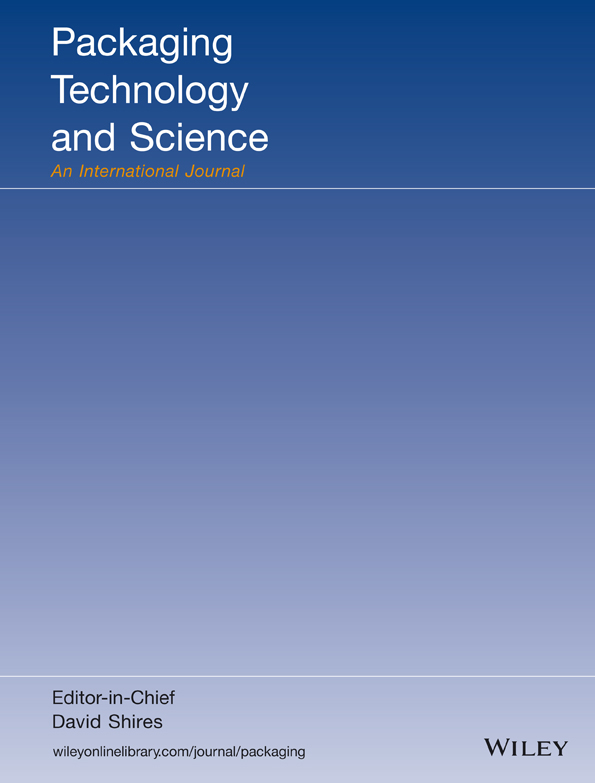An evaluation of selected ion flow tube mass spectrometry for rapid instrumental determination of paper type, origin and sensory attributes
Abstract
As the food and pharmaceutical industries move toward more sustainable forms of packaging, paper is experiencing somewhat of a comeback as a packaging material. However, by its very nature paper is rich in volatiles—both with and without significant olfactory impact. Human sensory analysis has long been the benchmark for determining that a product is fit for consumer application. However, sensory analysis is limited in its application due to the high per-sample cost. Selected ion flow tube mass spectrometry (SIFT-MS) is an instrumental approach that has potential to rapidly screen paper samples for both sensory and chemical composition attributes in a single broad-spectrum and sensitive analysis of volatiles. In this study, a combined approach utilizing SIFT-MS sample analysis with multivariate statistical data processing is evaluated for its ability to distinguish between samples of different paper composition (in particular, virgin, recycled, or mixed fibres), mill of origin (manufacturing mill), sensory odour intensity rating, and sensory odour note. Paper samples from four mills were analysed using instrumental and sensory methods, together with one pulp sample. The key discriminating volatiles varied depending on the classification model but typically included hydrogen sulfide, ethanol, acetone, hexanal, dimethyl sulfide, and formaldehyde. The pulp sample generally exhibited significantly higher concentrations of volatiles—especially methanol and hydrogen sulfide. Because it was so different, it was eliminated from certain models—in particular, for determination of the mill of origin. Chemical analysis with multivariate statistical processing exhibited near-perfect classification of the fibre type and the mill of origin. Evaluation of instrumental prediction of odour intensity rating and odour note used multivariate statistical analysis to correlate sensory and instrumental results. It was found that concentration data provided superior classification of odour intensity rating and odour note than did odour activity values (compound concentrations divided by their human odour detection thresholds [ODTs]). This result is tentatively attributed to significant uncertainties introduced by literature ODTs and the method's limit of quantitation being higher than the ODT for several compounds. When using SIFT-MS concentration data—when coupled with multivariate statistical data processing—this preliminary study demonstrates potential for rapid, instrumental determination of the odour intensity rating and odour note traditionally determined using human sensory analysis.




